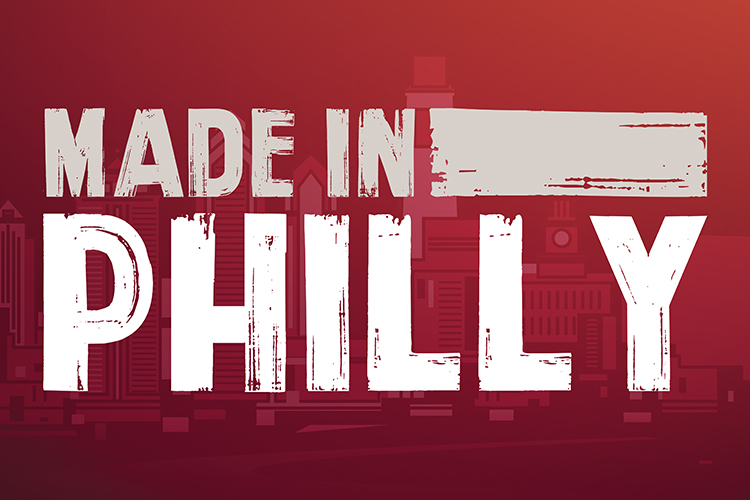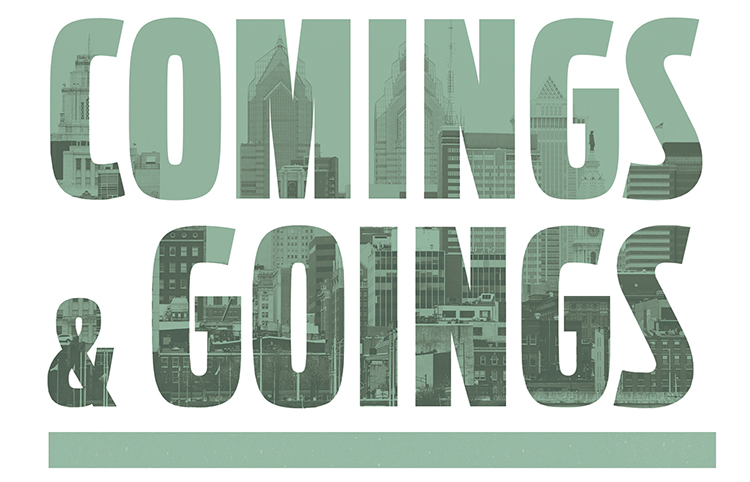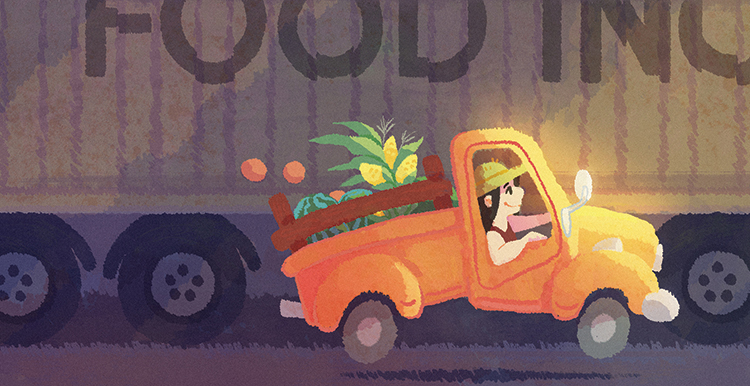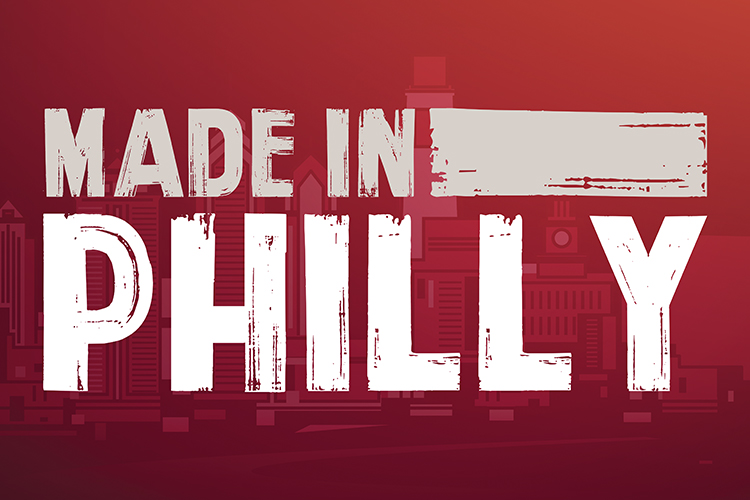Philadelphia’s food scene is one of the best in the country, and we could go on and on about our favorite places to eat. From the outstanding locavore choices to the ever expanding vegan and vegetarian options—not to mention more local beer and finely distilled spirits than you can shake a martini at—we are now on the map nationally as a food-and-drink destination. (That’s great news for foodies, but it’s also great news for our tourism industry: We experienced a 47 percent increase in visitors to Philadelphia from 2005 to 2015, a remarkable statistic considering that it’s a time that saw one of the worst economic downturns in country’s history.)
But all of our farm-to-table options didn’t get that way on their own. It takes a lot of effort to build up networks of hardworking farmers, open distribution facilities and get your cold storage down, whether you’re a stalwart like Weavers Way food co-op or a new-kid-on-the-block gastropub. That’s why organizations and companies that were born in Philly—Fair Food, The Food Trust, Farm to City, Common Market and others—have been critical players in developing the infrastructure and networks that tie our local food system together. They make it possible for our caterers, food trucks and restaurants to pick up the phone and get what they need from a distant neighbor rather than another continent: When you’re tucking into your balsamic-drenched local Brussels sprouts, you have a lot of people to thank.
The work of these organizations and others has also provided help to the 25 percent of our city that is “food insecure.” It’s a term that, by strict definition, means that a family is “unable to consistently access or afford adequate food,” and by any other measure is much more simply put: People are hungry. A lot of people.
The incredible programs at Broad Street Ministry alone serve more than 80,000 meals a year. That those meals need to be served shows the importance of organizations such as Share, Food Connect, the Coalition Against Hunger and Philabundance, all of which are making sure that much-needed food—including fresh local produce—is getting to the people who need it.
The collective work on strengthening our local food system has also allowed new companies to spring up—thank Snack Like a Local if you’re eating local crisps at your job site or Hungry Harvest if you’re getting a CSA full of rescued produce.
The local food economy is more than 10 percent of our regional economic output, and all that nutritious food nourishing our bodies means that we’re all made in Philly, too.
__________
According to the Philadelphia Food Policy Advisory Board:
• Our 100-mile foodshed has 43,000 farms that serves 30 million people
• All but 2% of our regional farms are owned by a family or individual
• 700 food pantries and soup kitchens feed an estimated half a million Philadelphians annually, possibly reaching a full third of the total population every year
Since we launched Fair Food in 2000, I’ve seen incredible growth in the awareness and consumption of local, sustainable and humanely-raised foods. Local food in Philadelphia has moved from the fringes to a core component of our food economy.
Ann Karlen
Founder, Fair Food











